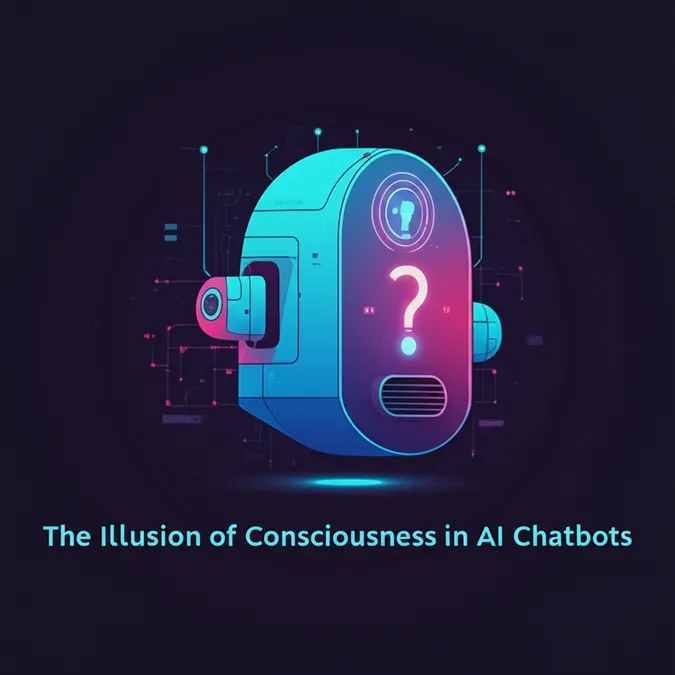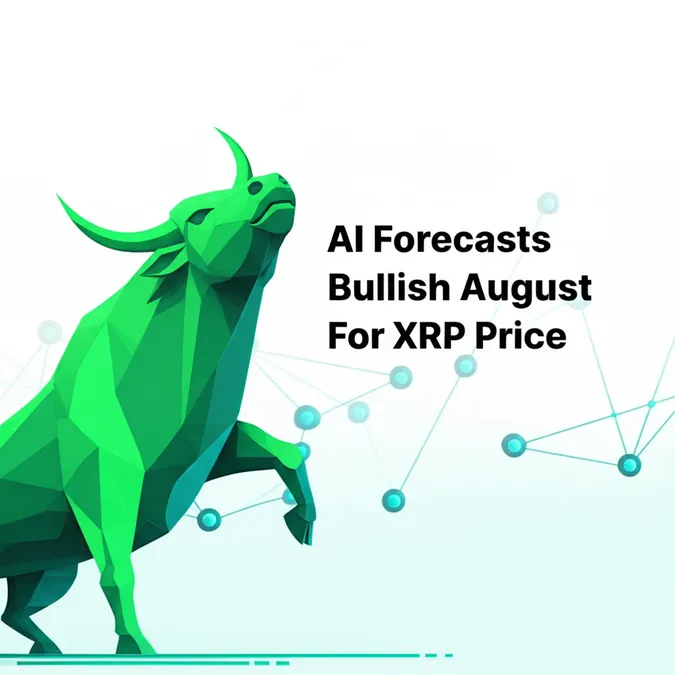Developer Offer
Try ImaginePro API with 50 Free Credits
Build and ship AI-powered visuals with Midjourney, Flux, and more — free credits refresh every month.
How OpenAI Is Securing ChatGPT For Enterprise Use
OpenAI, the organization behind ChatGPT, is on a mission to ensure artificial general intelligence (AGI) benefits all of humanity. A key part of this strategy involves a new strategic partnership with the UK government to explore AI applications in critical sectors like justice, education, and defence. This collaboration with the Department for Science, Innovation and Technology (DSIT) aims to identify how advanced AI can be deployed across government and private industry, shaping policy and supporting AI infrastructure.
This move follows the US White House's ambitious $500bn Stargate Project, which is set to build a new AI infrastructure for OpenAI. As the public-facing large language model (LLM) continues to grow, OpenAI is simultaneously building out its enterprise division. This branch specifically caters to businesses and public sector organizations that require strict data controls, ensuring their internal data isn't used to train public models and remains compliant with GDPR and DPA regulations.
AI Adoption Is Skyrocketing
The scale of adoption is staggering. Matt Weaver, who leads the solutions engineering team for Europe at OpenAI, reports that ChatGPT is used by over 600 million people weekly, processing around a billion messages every day.
Business adoption is equally impressive, with approximately two million paying business users on the platform—a number that grew by 50% in just one quarter. Weaver's team works directly with a wide range of customers, from large banks and insurance firms to innovative startups, helping them integrate OpenAI's technology effectively.
The Microsoft and OpenAI Partnership
Microsoft stands as a major partner and investor in OpenAI, making the OpenAI API exclusively available on its Azure public cloud platform and through the Azure OpenAI Service. This symbiotic relationship includes revenue-sharing agreements, benefiting both companies as AI usage grows.

“When ChatGPT Enterprise Workspace is adopted by an enterprise, we don’t train on their data for anything. It’s fully encrypted. It’s entirely private to the organisation” Matt Weaver, OpenAI
While Microsoft's integration of AI into its Microsoft 365 Copilot has driven widespread adoption, Weaver notes a strategic shift among enterprises towards ChatGPT Enterprise for its platform-agnostic capabilities.
ChatGPT's Edge in the Enterprise
Enterprises are increasingly choosing ChatGPT Enterprise because it isn't confined to a single technology provider's ecosystem. A prime example is Morgan Stanley Wealth Management, which uses ChatGPT 4.0 to help its financial advisors quickly access the firm's vast knowledge base to better serve clients.
In another innovative application, Virgin Atlantic is launching the Virgin Atlantic Concierge. Developed with OpenAI and Tomoro.ai, it will provide travellers with personalized, hands-free voice support in any language through the airline's app. This marks the first time a European airline has integrated such an advanced voice interface via a real-time API.
Securing Enterprise Data with ChatGPT
Security is a primary concern for any enterprise adopting AI. ChatGPT Enterprise Workspace addresses this with robust features and a clear data privacy policy. By default, OpenAI does not use business data from ChatGPT Enterprise, Team, Edu, or its API platform for training.
Weaver explains that the platform uses connectors to securely pull data from enterprise systems like SharePoint or Google Drive. “All of that data is entirely private and protected within a ChatGPT Enterprise account,” he states. “It’s fully encrypted. It’s entirely private to the organisation.”
OpenAI's approach to AI security mirrors standard enterprise authentication. If a user queries ChatGPT, it can only access files that the user is already authorized to see in their native systems. Weaver uses the analogy of a locked filing cabinet: if a user doesn’t have the key (permission) to access a file in SharePoint, ChatGPT cannot use that file's data to generate an answer. “This means security teams, executives and business leaders can be super confident that they’re really just giving employees much easier access to the stuff they already have access to,” he adds.
From AI Pilots to Production Systems
The conversation with Weaver makes one trend clear: enterprise AI is graduating from experimentation to full-scale production. “Last year, everyone was experimenting, running different pilots and proof of concepts,” he says. “This year, we’re seeing customers go to production. They’re taking these sophisticated AI systems and transforming them as critical business processes, both internally and for their customers.”
Compare Plans & Pricing
Find the plan that matches your workload and unlock full access to ImaginePro.
| Plan | Price | Highlights |
|---|---|---|
| Standard | $8 / month |
|
| Premium | $20 / month |
|
Need custom terms? Talk to us to tailor credits, rate limits, or deployment options.
View All Pricing Details

